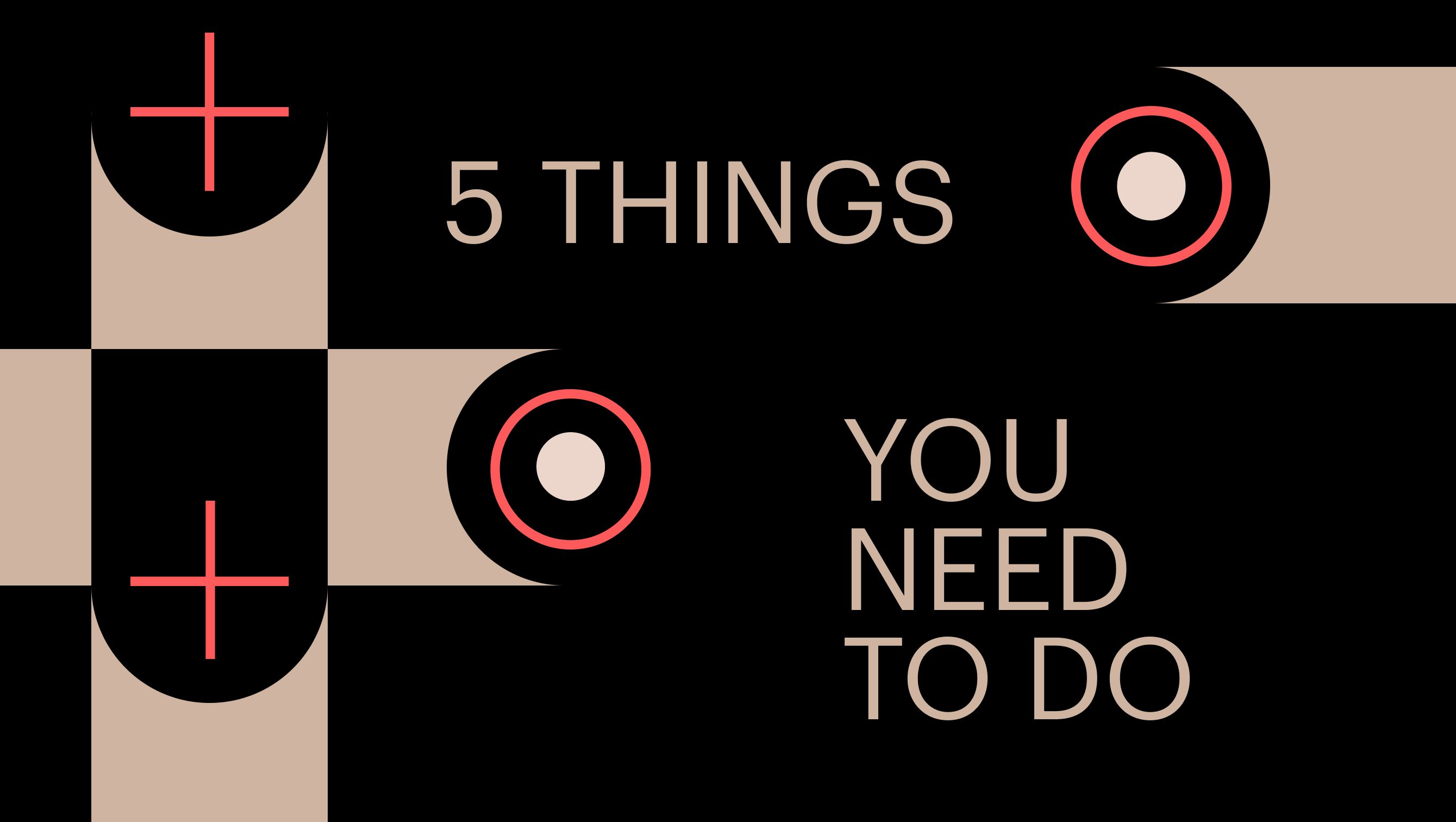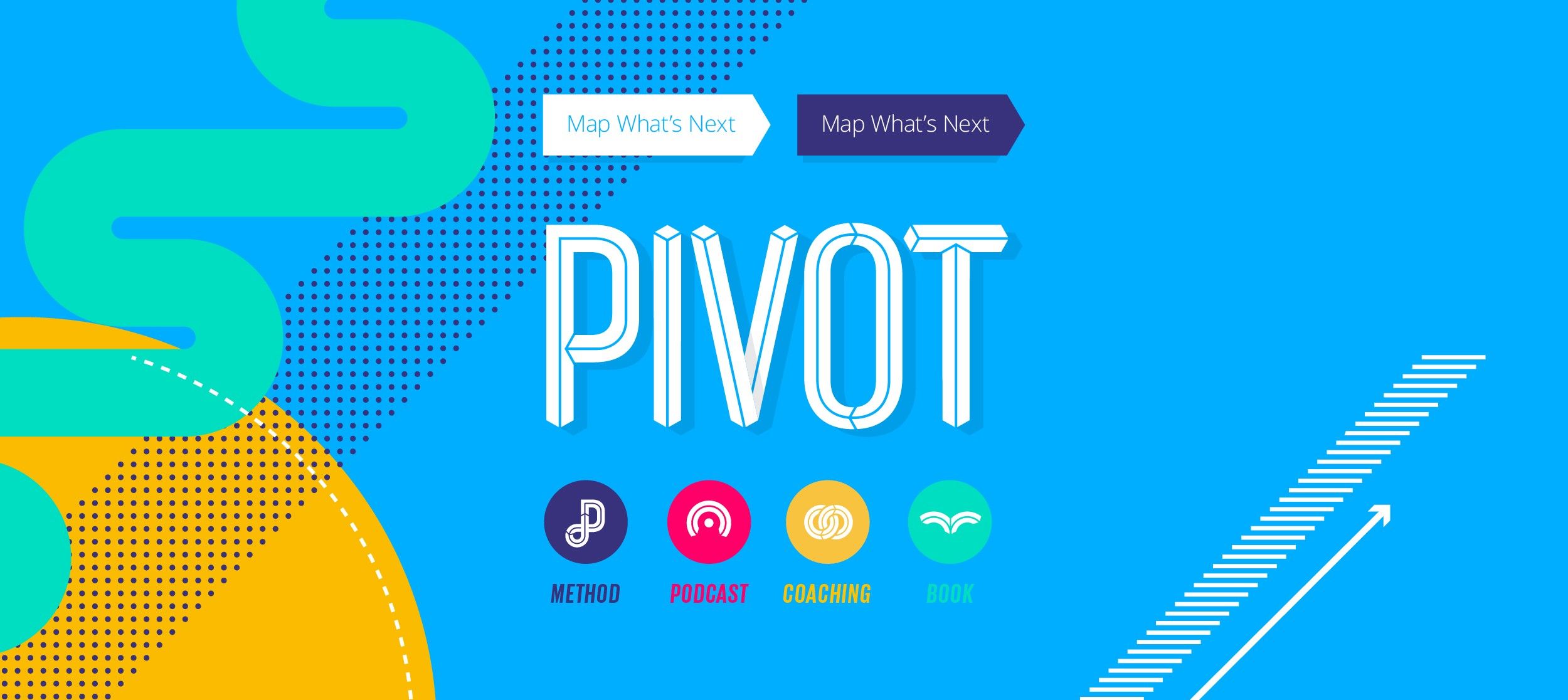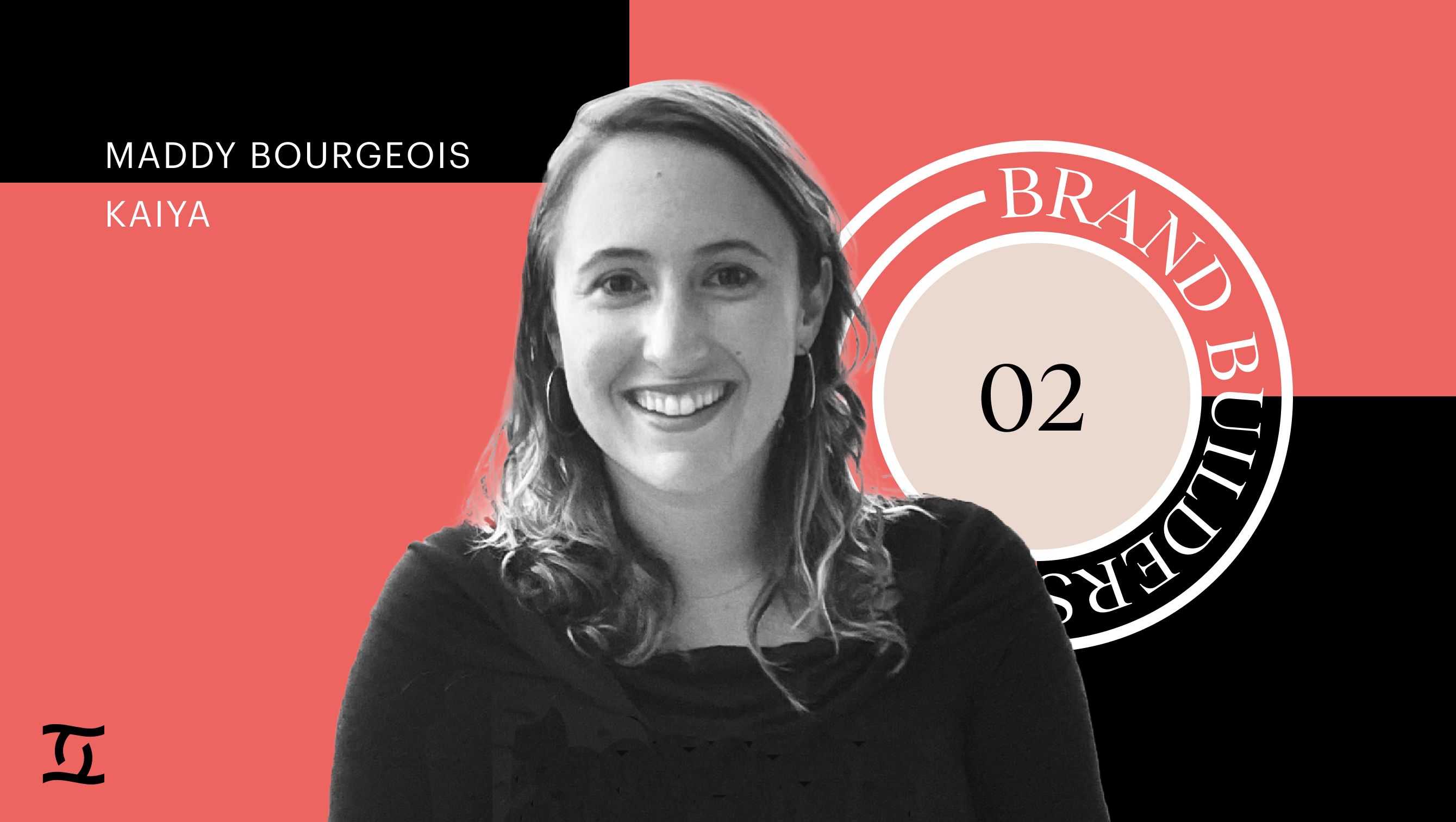
Branding Your Author Platform: 5 Things You Need to Do
It’s no secret that the book publishing industry is tough. Getting a coveted book deal is harder than ever, and the self-publishing boom means a higher saturation of books in all industries and genres with less face-time (and shelf space!) for your own.
In today's world, it's no longer enough to have a beautifully written book. As companies themselves, publishers (and even hybrid-publishing partners!) judge manuscripts by their business potential — and that includes their ability to capture a reader's attention, sell copies, and even build a compelling brand.
“Think of publishers like venture capitalists but for ideas,” shared Jenny Blake, author and friend of Together, in her Pivot Podcast. “What they really want to see is a business plan: who are you? Why this book? Why are you the one to write it? And why now? They want to see a whole section on platform and marketing: how far is your reach? Who is in your audience? How can you demonstrate that this is going to be a good investment for the publishing house?"
Authors, it's time to get business—and brand—savvy.
The most successful authors know that their books extend far beyond the page — they include sales, marketing, and community-building. And the key to all of this? Developing a multi-channel brand that lives beyond the book.
While the heart of your business may certainly center on your book, focusing on an all-encompassing brand identity will help you visually communicate your authority, inspire further engagement with your platform, and create a meaningful experience at each touchpoint of your business.
Today we're sharing our top tips from our long-term collaboration with author Jenny Blake. Over the last six years, we've helped Jenny build two powerful brand platforms around her books—from Pivot: The Only Move that Matters Is Your Next One published by Portfolio/Penguin in 2016, to her latest venture with independent publisher IdeaPress: Free Time: Lose the Busywork, Love Your Business, launching in 2022.
Branding Your Author Platform: The 5 Things You Need to Do
1. Find the absolute core of your message.
We call this the “Creative Brand Idea.” It provides the visual and linguistic guide to your brand — the attitude and tone you will take moving forward. As the lowest common denominator across all aspects of your platform, the Creative Brand Idea is the punchy statement that can be unpacked when positioning the brand, and it influences all design direction touch points. In a nutshell? It's the North Star that creative looks to when bridging the voice, identity, and experience of the brand.
When we worked with Jenny on Pivot, we started with a series of workshops to immerse ourselves in the Pivot methodology and Jenny's unique vision. This close client collaboration was key as we uncovered potential creative brand ideas, such as "Flow through change" and "Mindset of agile flow." We eventually landed on "Map what's next," a line that perfectly captured Pivot's underlying message.
As we dove into Jenny's new project this year, we began with a similar approach. Although we knew Jenny well, she wanted Free Time to embody a new era in her own business — and so we knew we needed to spend time listening to her new vision.
With businesses and professionals everywhere abruptly forced to evaluate their work during the pandemic, Jenny realized it was time to let her heart-based methodology take flight — leaning more than ever into her systems and intuition genius. Over the course of our brand iterations, we settled on a new Creative Brand Idea that effectively conveyed Jenny's new direction: "Building business blissfully."

2. Design a logo with meaning.
Your logo is the visual DNA of the brand: the repository of meaning that can be woven into other brand design, communication, and elements. As the visual counterpart to your Creative Brand Idea, your logomark is the first order of business when it comes to diving into design.
Your logo sets a meaningful foundation for other elements of the book art — including diagrams, infographics, and more. With your brand being the number one spokesperson of your company, let your logo take its rightful place on the cover of your book.
When we designed Free Time's visual identity, we knew that Jenny would eventually have more than just a podcast. With this in mind, we landed on a two-identity system with logos related in spirit and design, but still able to stand on their own: one for the Free Time podcast, and one for Heart-Based Business, the core idea of Jenny's thought leadership.

3. Map out your current platform elements and how they relate to each other.
Your author business strategy zeroes in on the content you create and the interactions you engage beyond your book: speaking gigs, podcasts, blog writing, consulting, and more. Take some time to understand your own platform elements and how they orchestrate together. With the “arms” of your brand in mind, you can now align them all with your Creative Brand Idea and the design direction from your logo and identity.
For the Pivot brand, we were sure to keep in mind Jenny Blake’s business model, which included multiple websites, a podcast, coaching, and speaking. For the Free Time brand, we focused on a website, a podcast, an insider community, and the forthcoming book.

4. Make sure your brand is adaptable to any medium.
Books no longer just exist on a shelf. Building a versatile brand that can exist in multiple spaces is essential for a flawless audience experience. Though it certainly depends on your precise business model, it's more than likely that your brand will have to translate across different mediums — and this is vital to keep in mind as you develop your brand.
For Free Time's launch in March 2021, we knew that the podcast would be the first place people would see, discover, and interact with the brand — making the cover art important to nail. But we were also aware that Jenny would continue to expand Free Time, so we designed additional brand materials like presentation decks, digital advertisements, and more to ensure that Jenny was fully equipped to deliver a full-color brand experience to her audience.

5. Your cover matters.
You've built your brand — and you have a solid foundation of who you are, what you do, your design identity, your creative brand idea, your communication style, and so much more. You also have a sense of who you are in this moment and who you might become as your brand grows and begins to take on a life of its own. As you design your book cover, it's important to keep all of this in mind.
While it was a feat to just get the Pivot logo on its cover (Big 6 publishers like to keep their design control in-house, but Jenny sure went to bat for the brand!), working with an independent publisher for Free Time means creative free-rein for the design. Over the past few months, we've been immersing in the design elements that make books stand out on the shelves: from jacket design and interior layout, to printing methods like embossing and "easter egg" moments that spark delight.
Once we settled on a few strong options for the cover design, we turned to audiences on social media and PickFu, a crowdsourced polling site, to test which drew the most interest. Armed with this data, Jenny chose the cover that fit her vision for the brand platform — all while knowing that it already resonated well with her potential audience.
As you go forward and grow your authorial brand platform, remember to lean on your brand style guide. It's your go-to place to make sure everything you do and create remains aligned and consistent. And as your platform grows, every new aspect of your business will continue to embody the core of your brand from the very start.

Excited by your own book and thought leadership vision? Us too. Get in touch here—we can't wait to meet you.

